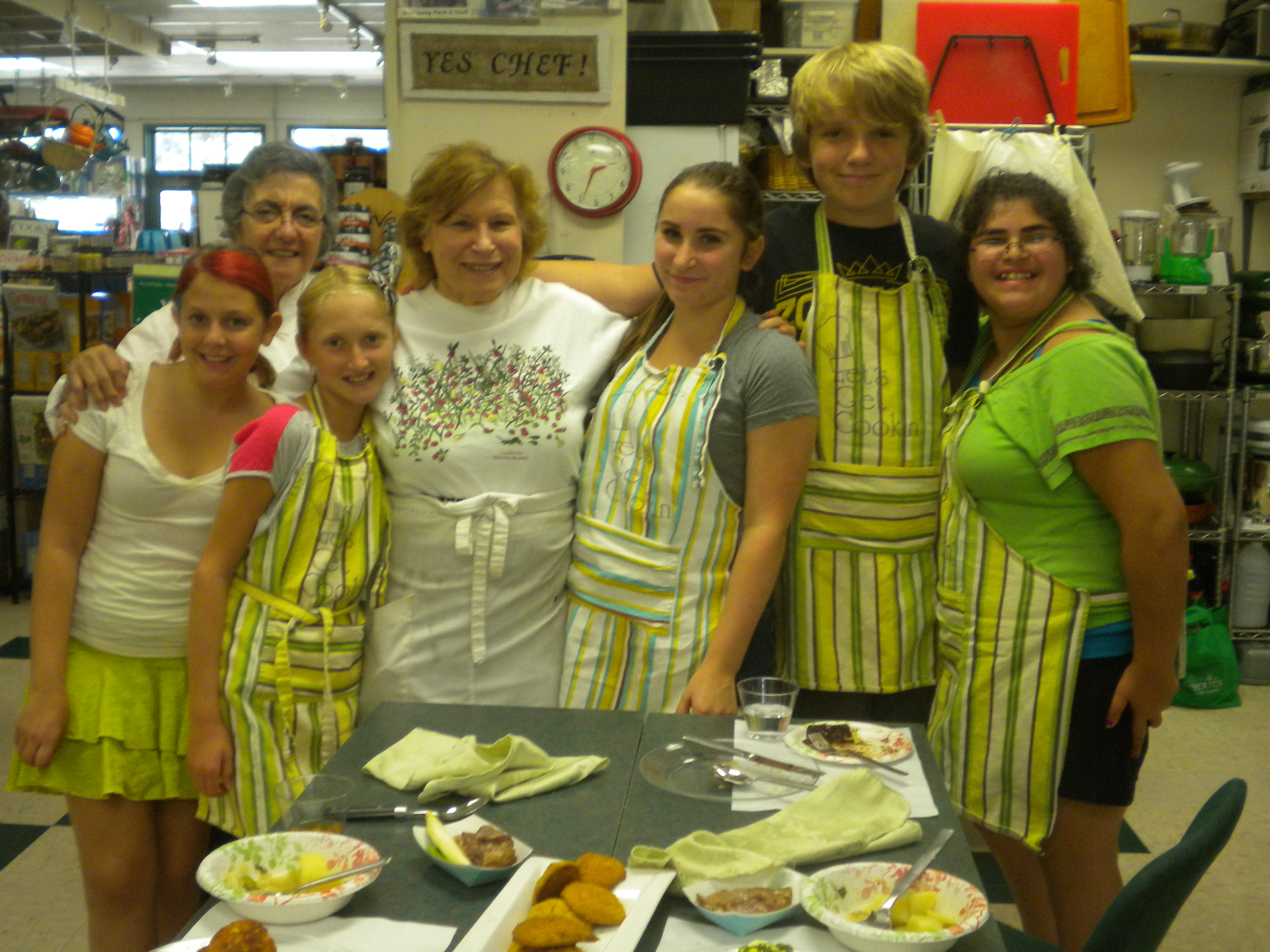The week of August 13th – 17th was the Teen/Preteen Western Culinary Camp at Let’s Get Cookin’ in Westlake Village. During the week, we traced the evolution of Western Cuisine from its birthplace in the Middle East and followed the trail to Greece, Italy, France and then across the Atlantic to the New England States […]
Tag: Pastry
DAY ONE – French & Italian Bread COUNTRY FRENCH BREAD ————–> We also made French Baguettes, an Italian Country Corn Loaf and a French Corn Loaf in addition to Quick Chocolate Bread from France. […]
Along with a productive Apple and Peach tree we also have an Asian Pear tree. The pear tree is not quite as productive as the other trees and the pears for the most part don’t get really big, however, they are sweet and flavorful. This year I tried out a new way to conceal and […]
Chef Tim and I are going to make Sfogliatelli tomorrow night with his Professional Class in Westlake Village, CA. When we made plans to make these, neither one of us had ever made them. This was to be a first for both of us, however I decided that it might be prudent if at least […]
